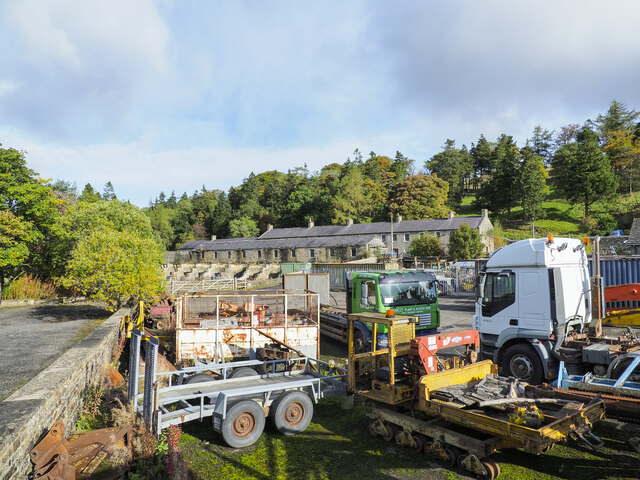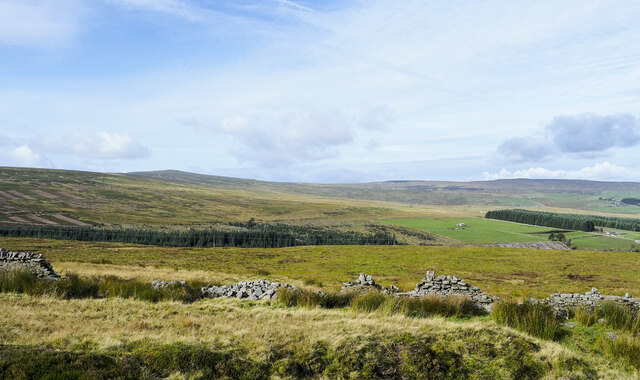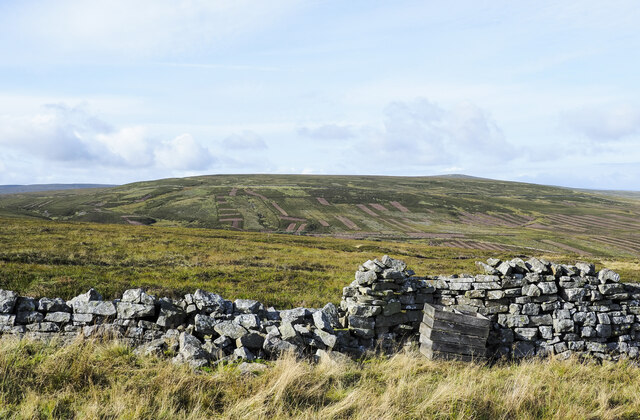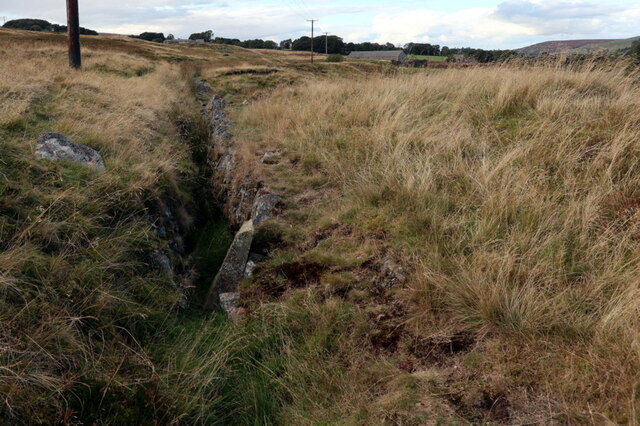School Plantation
Wood, Forest in Northumberland
England
School Plantation
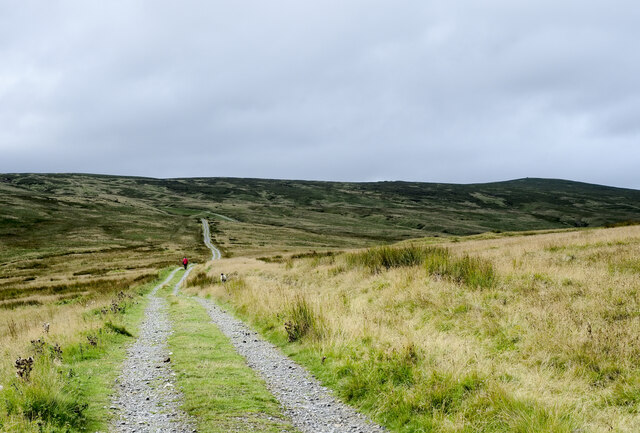
School Plantation is a picturesque woodland area located in the county of Northumberland, England. Situated in close proximity to the small village of Wood, this forested region covers an approximate area of 200 acres. The plantation is known for its lush greenery, diverse species of trees, and tranquil atmosphere, making it a popular destination for nature enthusiasts and hikers.
The woodland is predominantly composed of native tree species such as oak, birch, and beech, providing a rich habitat for a variety of wildlife. It is home to a wide range of bird species, including woodpeckers, owls, and thrushes, making it a birdwatcher's paradise. The forest floor is adorned with carpets of bluebells and wildflowers during the spring months, adding a burst of vibrant colors to the surroundings.
The plantation also encompasses several well-maintained walking trails and paths, allowing visitors to explore the area at their own pace. These trails wind through the forest, offering breathtaking views of the surrounding countryside and providing an opportunity to observe the local flora and fauna up close.
In addition to its natural beauty, School Plantation holds historical significance. It is believed to have been used as a timber source during the medieval period, supplying wood to nearby villages for construction and fuel purposes.
Overall, School Plantation in Northumberland is a captivating woodland retreat, offering a peaceful and enchanting experience for anyone seeking solace in nature's embrace.
If you have any feedback on the listing, please let us know in the comments section below.
School Plantation Images
Images are sourced within 2km of 54.804221/-2.2278103 or Grid Reference NY8545. Thanks to Geograph Open Source API. All images are credited.
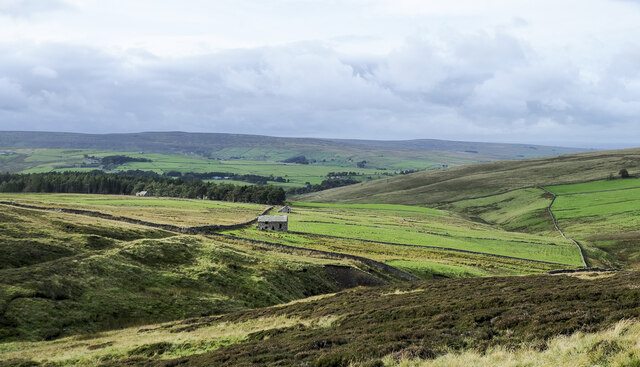
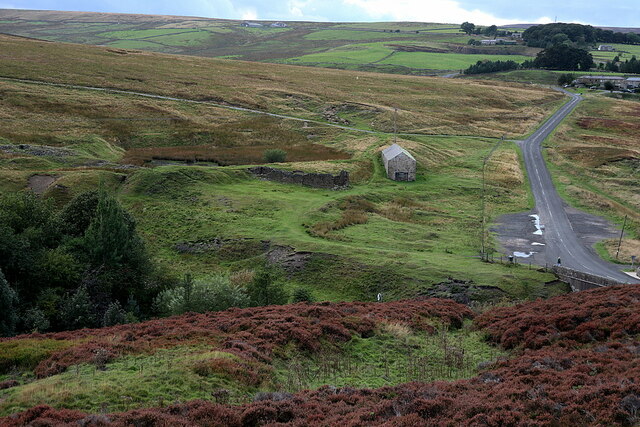
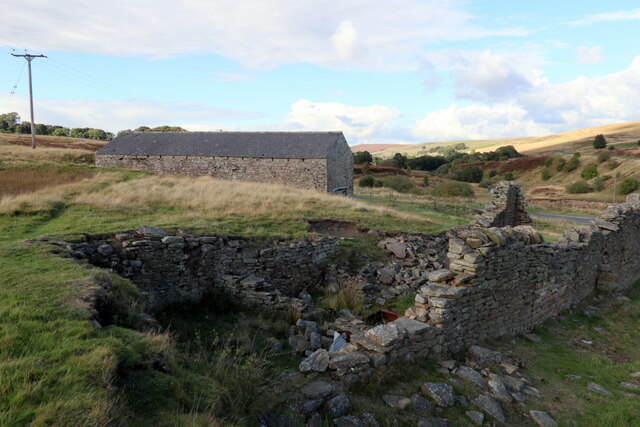
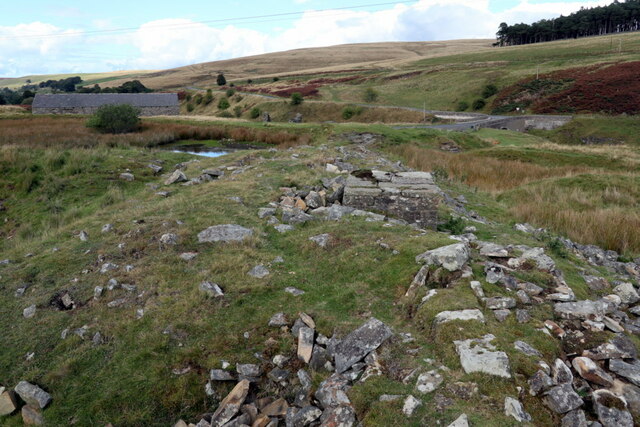
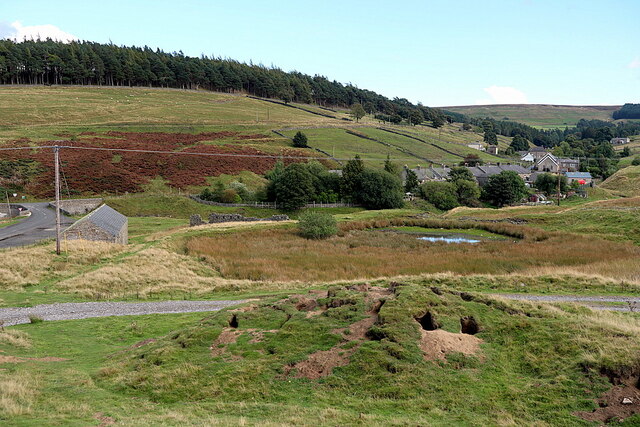
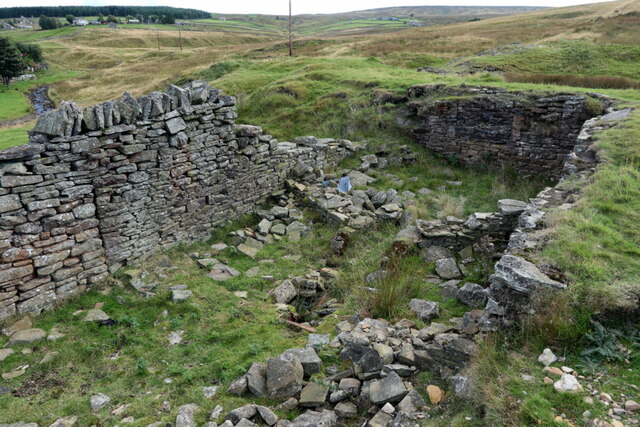
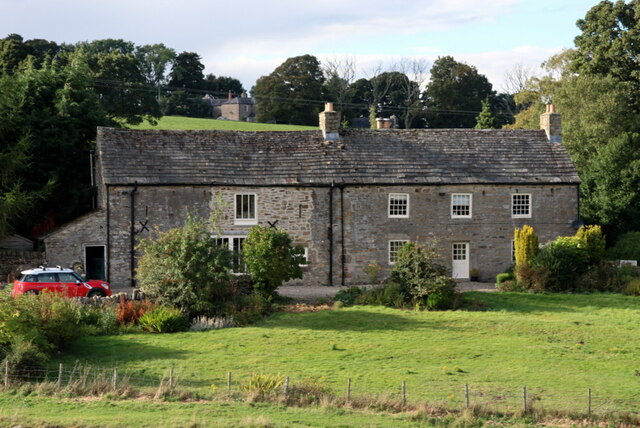
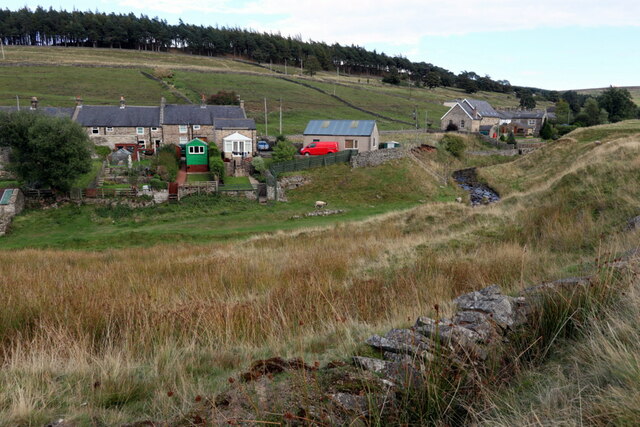
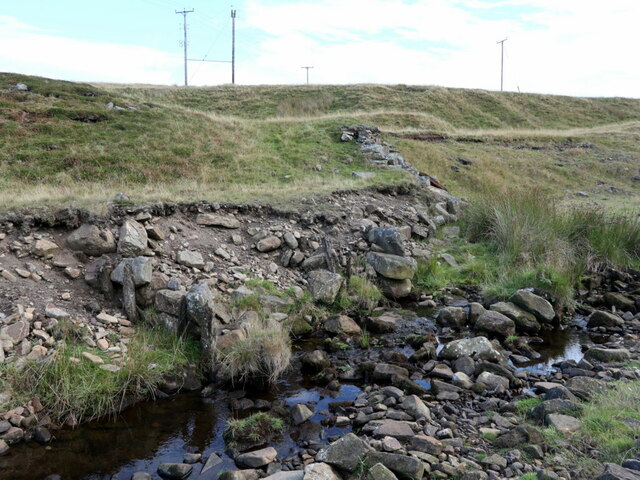
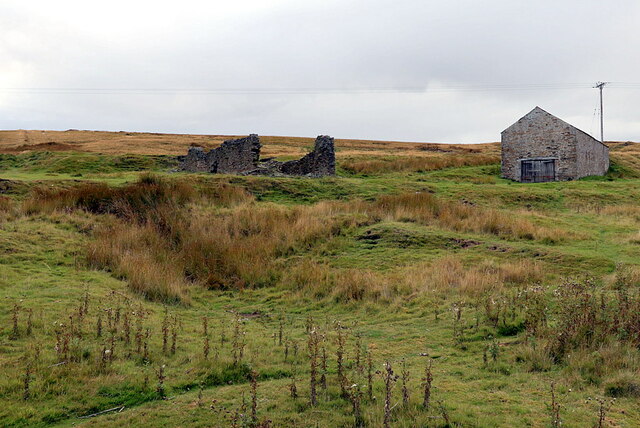
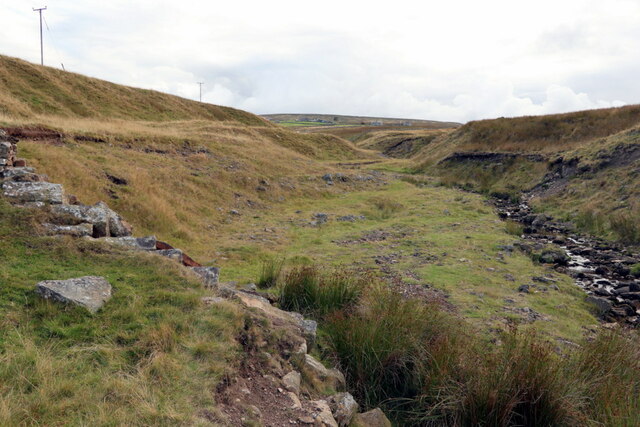
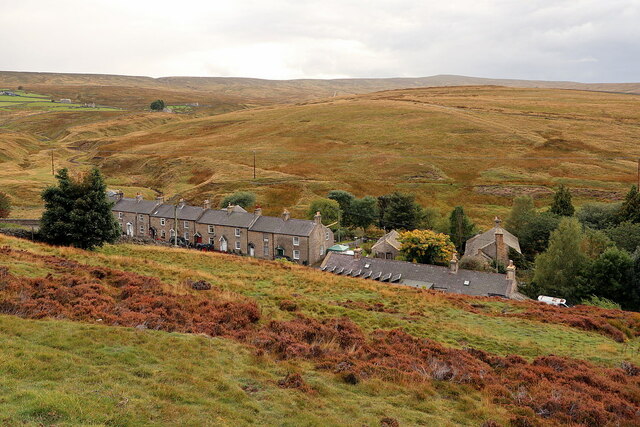
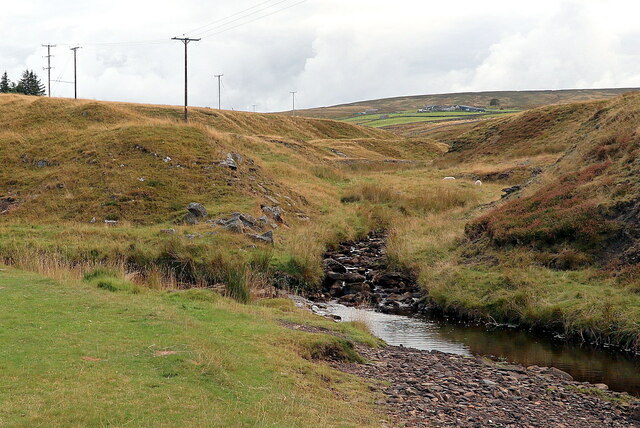
School Plantation is located at Grid Ref: NY8545 (Lat: 54.804221, Lng: -2.2278103)
Unitary Authority: Northumberland
Police Authority: Northumbria
What 3 Words
///pass.pony.genius. Near Alston, Cumbria
Nearby Locations
Related Wikis
Allenheads
Allenheads is a former mining village in the Pennines to the north of Weardale in Northumberland, England. Lead extraction was the settlement's industry...
Hexhamshire Moors
Hexhamshire Moors is a Site of Special Scientific Interest covering an extensive area of moorland in the Wear Valley district of north-west County Durham...
Killhope
Killhope is a small settlement at the very highest end of Weardale in the civil parish of Stanhope, in County Durham, England. Killhope Pass, the road...
Lanehead
Lanehead is a hamlet in the civil parish of Stanhope, in County Durham, England. It lies at the head of Weardale, approximately 2 km west of Cowshill....
Cornriggs Meadows
Cornriggs Meadows is a Site of Special Scientific Interest in Upper Weardale in north-west County Durham, England. It consists of a group of fields, located...
Old Moss Lead Vein
Old Moss Lead Vein, also known as Killhope Head, is a Site of Special Scientific Interest in the Wear Valley district of County Durham, England. It consists...
Cornriggs
Cornriggs is a hamlet in the civil parish of Stanhope, in County Durham, England. It is situated on the north side of Weardale in the North Pennines,...
Allendale Moors
Allendale Moors is a Site of Special Scientific Interest (SSSI) in Northumberland, England. The upland moorland ridge site is listed for its heath, flush...
Nearby Amenities
Located within 500m of 54.804221,-2.2278103Have you been to School Plantation?
Leave your review of School Plantation below (or comments, questions and feedback).
